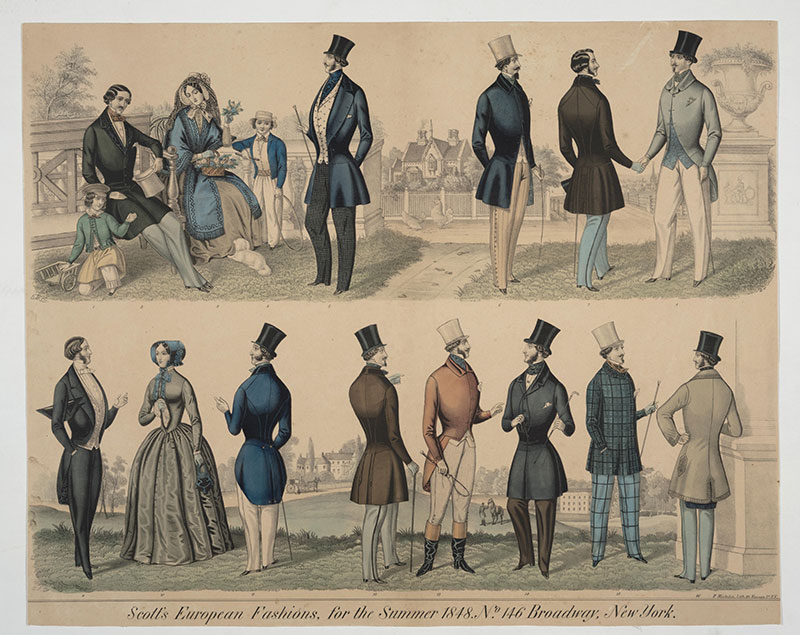
This fashion plate illuminates humanity’s role in biodiversity loss. The men wear top hats, possibly made with beaver fur. The fashion for beaver-fur hats caused the species to be hunted to near extinction. Francis Michelin (printer), Scott’s European Fashions, for the Summer 1848. No. 146 Broadway, New York, 1848, lithograph with hand coloring. Jay T. Last Collection. | The Huntington Library, Art Museum, and Botanical Gardens.
At the turn of the century, Paul Crutzen, a Nobel Prize–winning atmospheric chemist, coined the word “Anthropocene”—derived from the Greek “anthropos,” meaning “human”—to describe a range of time marked by humanity’s power to change, and even overwhelm, the planet’s natural systems. The term is actively debated among scientists today—and for good reason. It is no small matter to add a new epoch to the geological timescale, as some scientists and others recently tried to do.
The debate among scientists hasn’t primarily been about whether the Anthropocene exists. It does, and we are in it. The main question is: When did it begin? The International Commission on Stratigraphy, a scientific body that determines units of the geological timescale, recently considered proposing a date in the 1950s, a period known as the Great Acceleration, due in part to a steep increase in the amount of carbon dioxide (CO2) that entered the atmosphere at the time. Had they reached consensus, Anthropocene would have stood alongside such terms established in the 19th century as Paleocene, Pliocene, and Holocene (the current geological epoch).
This interactive chart shows historic CO2 data going back 1,000 years. D.M. Etheridge, L.P. Steele, R.L. Langenfelds, R.J. Francey, and the Division of Atmospheric Research, CSIRO, Aspendale, Victoria, Australia, “Historical CO2 record from the Law Dome DE08, DE08-2, and DSS ice cores.” CO2 Levels: Current & Historic Atmospheric Carbon Dioxide / Global Temperature Graph & Widget. 2 Degrees Institute.
Another contender for the Anthropocene start date has been the onset of the Industrial Revolution, when the increased burning of coal in homes and factories initiated the steady rise of climate-altering carbon emissions. This increase is vividly apparent in the chart above, which tracks atmospheric carbon levels over time. The upward curve clearly begins in the late 18th century.
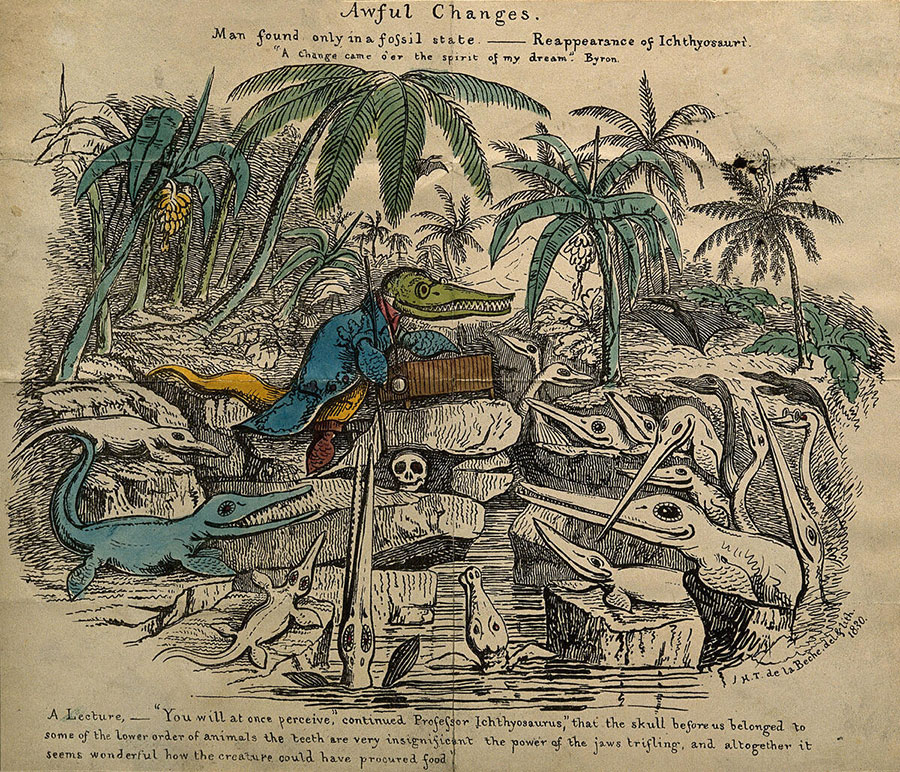
This comedic scene lampoons geologist Charles Lyell’s hypothesis that time on Earth might be cyclical and that long-extinct species might return after humans have all died out. Sir Henry de la Bèche, Ichthyosaurs attending a lecture on fossilised human remains, 1830, lithograph after Sir Henry de la Bèche’s drawing. | The Wellcome Collection.
The Anthropocene is not only discussed by scientists but also is a paradigm-shifting concept in the humanities, offering scholars new perspectives on the historical events and cultural productions of the past 250 years. The Huntington exhibition “Storm Cloud: Picturing the Origins of Our Climate Crisis” delves into the relationship between the Anthropocene and the arts of the long 19th century (roughly 1780–1930), exploring how artists and writers of the time charted humanity’s impact on the biosphere. As the rise of industrialization, capitalism, and empires altered landscapes and people’s daily lives, developing sciences such as geology, meteorology, and ecology revealed the age of the Earth, the interconnectedness of species, the fragility of the climate, and the possibility of extinction. The exhibition, predominantly drawn from The Huntington’s own collections, focuses on the British and American empires.
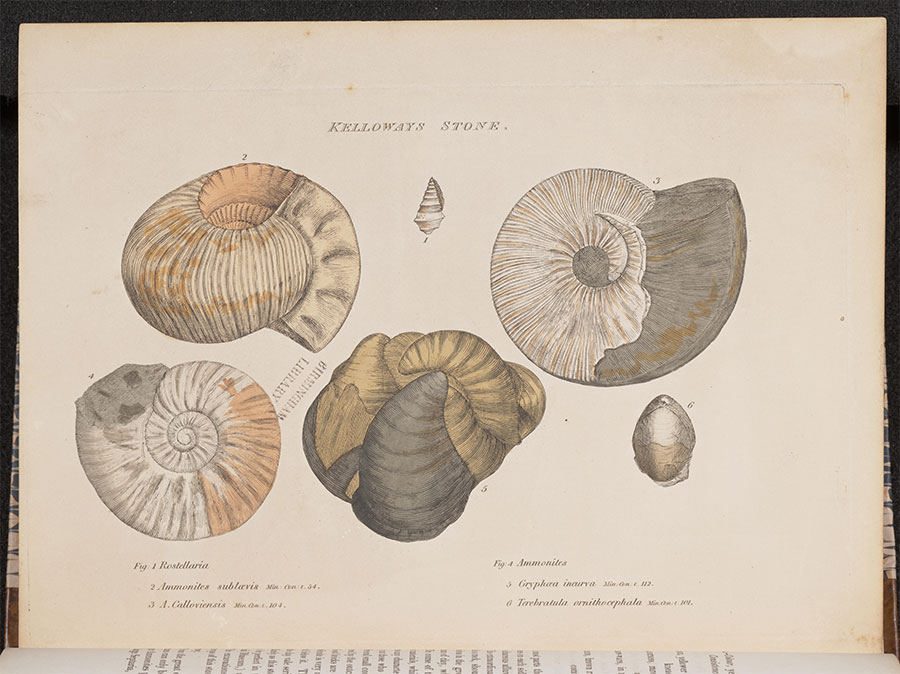
William Smith’s studies of strata and fossilized remains brought awareness to the fact that layers of rock and the fossils contained within them represented distinct periods in Earth’s history. He noted that fossils found in the same rock layers belonged to species that coexisted. Here, the different colors of the paper indicate the type of strata—chalk, rock, clay, and so on—in which specific fossils might be found. William Smith, Strata identified by organized fossils: containing prints on colored paper of the most characteristic specimens in each stratum, 1816–[1819], plate 14, colored by hand, figures drawn by James Sowerby. | The Huntington Library, Art Museum, and Botanical Gardens.
On Nov. 1–2, The Huntington will host the research conference “Storm Cloud: Environment, Empire, and the Arts in the Industrial Age” in conjunction with the “Storm Cloud” exhibition. By examining how 19th-century artists and writers engaged with science and confronted the changes caused by the Industrial Revolution, scholars from a range of disciplines will express new perceptions of humanity’s place in, and impact on, the non-human natural world.
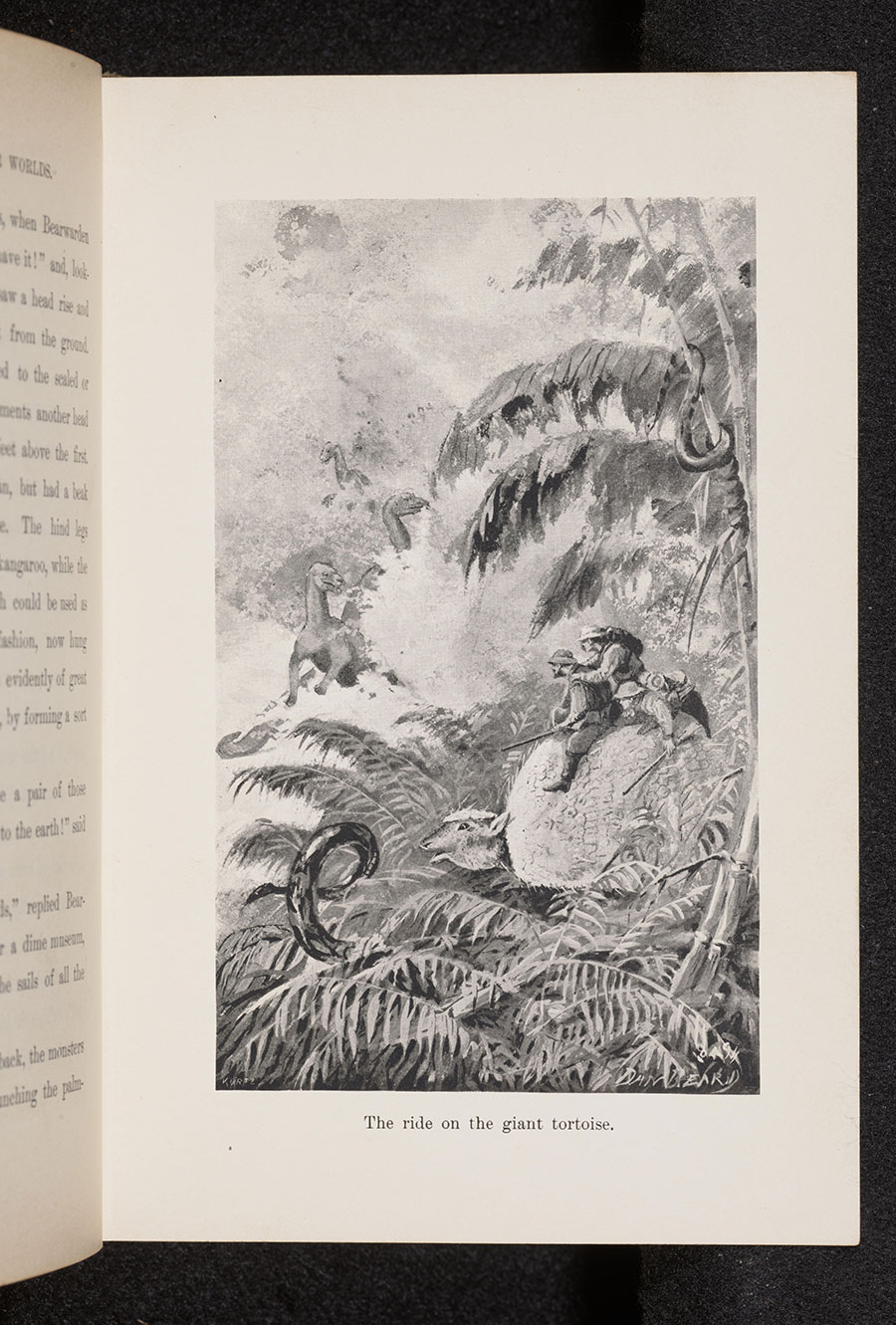
In his 1894 novel, A Journey in Other Worlds, John Jacob Astor describes future space travel to planets inhabited by dinosaurs and other fantastic creatures as he optimistically presents solutions to such planetary problems as cold winters. John Jacob Astor, A Journey in Other Worlds: A Romance of the Future, 1894, “A ride on the giant tortoise,” page 190. | The Huntington Library, Art Museum, and Botanical Gardens.
Topics will include the interrelation of the arts and sciences, especially through shared practices of close observation. Literary critics, art historians, and historians of science will attend to the strategies that 19th-century thinkers employed to understand the place of humans among altered landscapes and in relation to shifting timescales. Geologists in the 19th century revealed that the Earth was much older than 6,000 years—calculated from a literal reading of the Bible—and instead hundreds of millions of years older. Paleontologists demonstrated that fossils were the remains of extinct species that had lived and died in an unfathomably distant past. Such discoveries made humanity’s presence on Earth seem suddenly fragile and insignificant.
Early ecological and conservationist thinking informs much of the natural history written during the period, as witnessed in the writing of Henry David Thoreau and John Muir, as well as in the depiction of nature by such landscape painters as John Everett Millais and Thomas Cole. Writers explored scientific ideas of the time and the implications of emerging technologies to imagine possible futures, leading to a flourishing of literary production that is now called science fiction.

When the artist Frederic Edwin Church visited Jamaica in 1865, St. Thomas Parish was experiencing a severe drought. Deforestation caused by plantation agriculture had exacerbated the problem. Though Church paints an untouched paradise, the valley was home to many formerly enslaved people who suffered the worst effects of the drought. Frederic Edwin Church, Vale of St. Thomas, Jamaica, 1867, oil on canvas, 48 3/8 x 84 5/8 in. The Elizabeth Hart Jarvis Colt Collection. Wadsworth Atheneum Museum of Art, Hartford, Connecticut. | Image courtesy of the Wadsworth Atheneum Museum of Art.
Both the exhibition and the conference presuppose that the story of the environment is inseparable from the human condition and that today’s environmental crisis is closely related to 19th-century developments in the global economy. The emphasis on resource extraction that underpinned colonialism tied the exploitation of human labor to ecosystem devastation. Plantation owners, for example, forced thousands of enslaved people to clear native species from vast tracts of land and produce such cash crops as sugar and cotton under dehumanizing conditions. This history has present-day ramifications, which the conference will examine. The conference’s concluding roundtable will bring together museum educators, scientists, and activists to discuss ways to engage the public in climate and environmental justice issues.
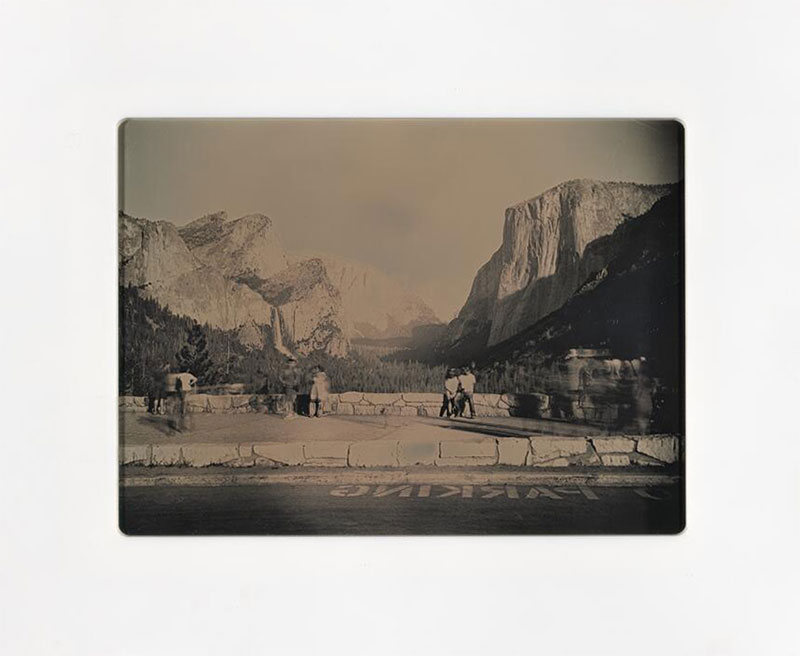
Contemporary artist Binh Danh’s scene of the Yosemite Valley, which includes tourists and a parking lot, provides a stark contrast to historic images of the vista that were intentionally vacant, implying that the landscape was pristine and uninhabited. Binh Danh, Tunnel View Parking Lot, Yosemite, CA, 2017, 2017, daguerreotype. | The Huntington Library, Art Museum, and Botanical Gardens.
For scholars and public exhibitions, the Anthropocene is admittedly a daunting concept. However, as the feminist scholar Donna Haraway has written, it is important for people to “stay with the trouble” of the climate crisis—that is, to attend to the specifics of the complex situation rather than evade the problem with false techno-optimism or apathetic fatalism. The “Storm Cloud” exhibition and conference remind us that historical context can provide a deeper understanding of the challenges facing us today and offer perspectives that will enable us to chart a path forward.
Funding for the conference “Storm Cloud: Environment, Empire, and the Arts in the Industrial Age” has been provided by the Dibner Research Fellow and Exhibition Endowment.
Read more about the conference and register to attend.
Kate Flint is provost professor of art history and English at USC. Melinda McCurdy is the curator of British art at The Huntington. Karla Ann Merino Nielsen is the senior curator of literary collections at The Huntington.
The exhibition has been made possible with support from Getty through its PST ART: Art & Science Collideinitiative.

Southern California’s landmark arts event, PST ART, returned in September 2024 with more than 70 exhibitions from museums and other institutions across the region, all exploring the intersections of art and science, both past and present. PST ART is presented by Getty. For more information, visit PST ART: Art & Science Collide
The exhibition “Storm Cloud” has been supported in part by the National Endowment for the Arts.
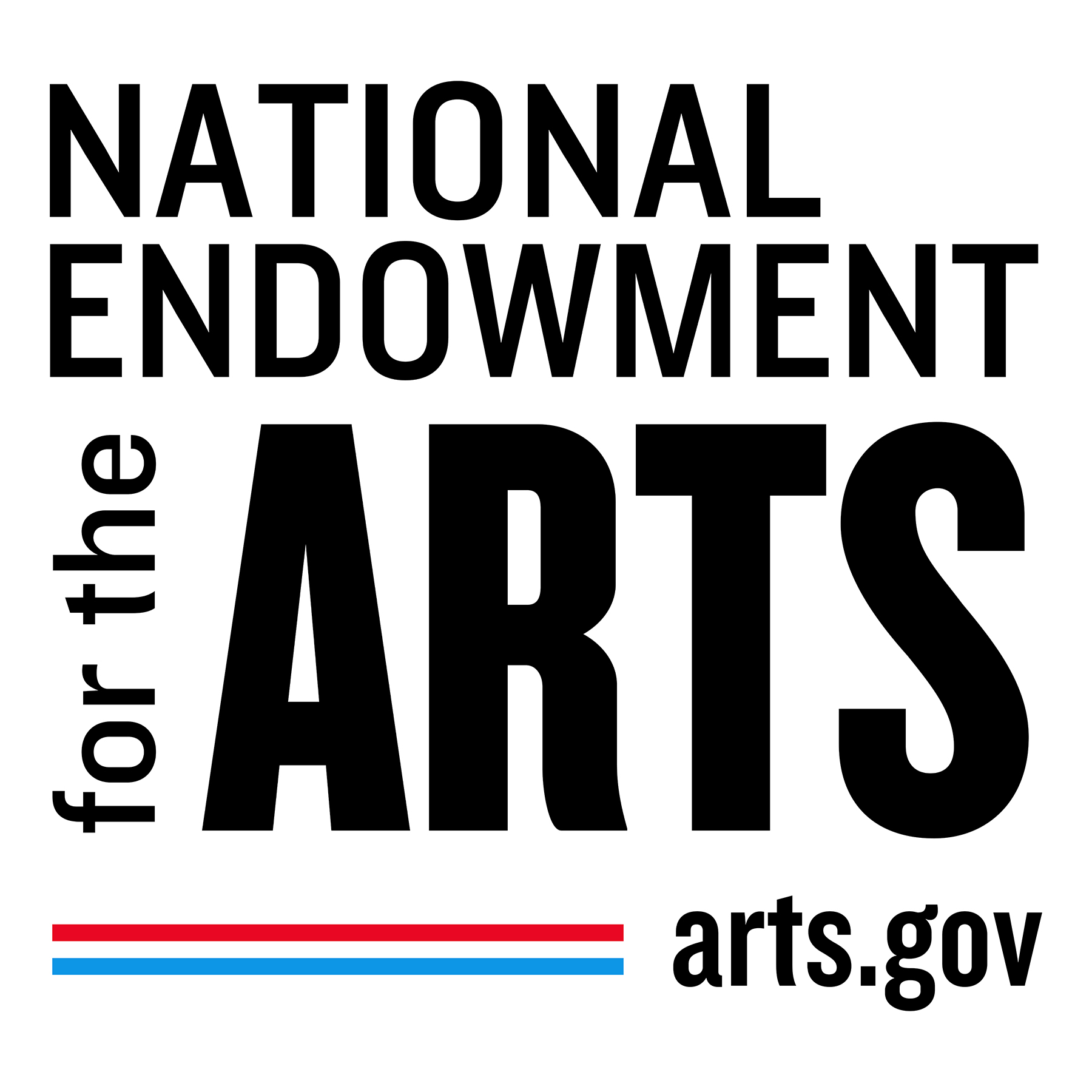
Generous support for the exhibition “Storm Cloud" has been provided by the Douglas and Eunice Erb Goodan Endowment. Additional funding is provided by The Gladys Krieble Delmas Foundation, The Neilan Foundation, The Ahmanson Foundation Exhibition and Education Endowment, The Melvin R. Seiden-Janine Luke Exhibition Fund in memory of Robert F. Erburu, and the Boone Foundation.
